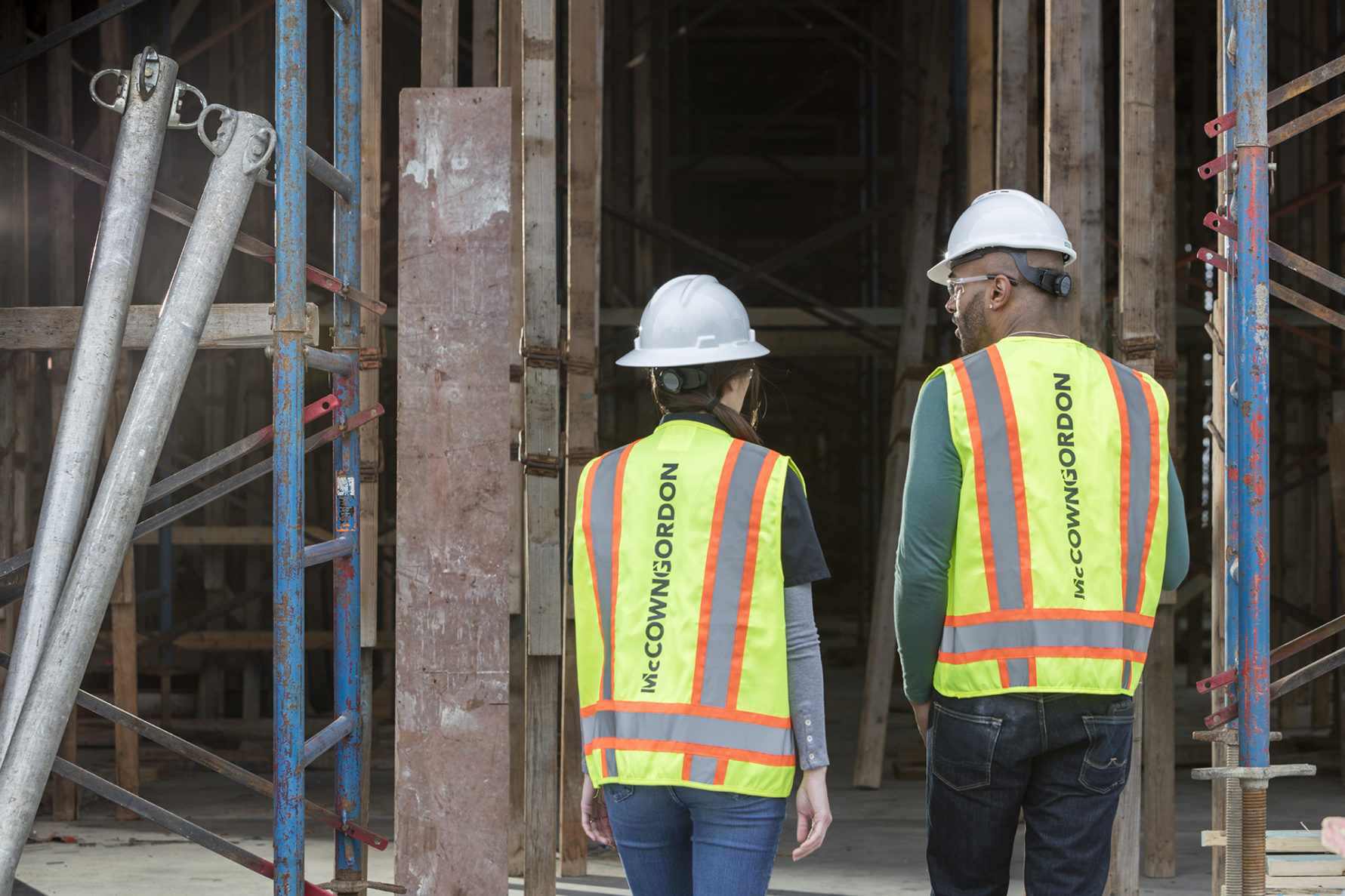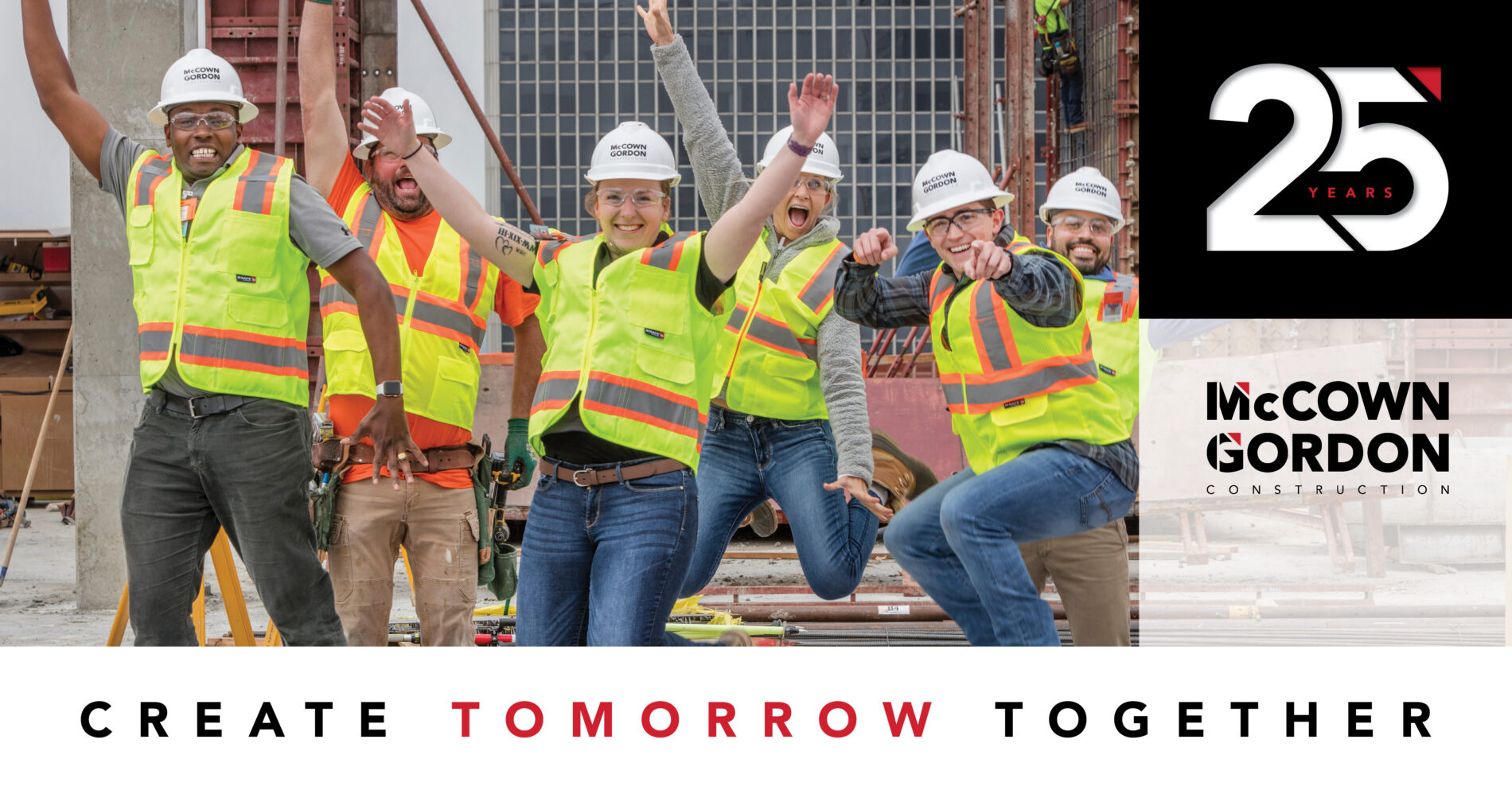Two-way street: how traditional and reverse mentorships increase understanding and knowledge transfer
Panel Recap: ENR Top Young Professionals Virtual Conference 20

Whether formal or informal, the conclusion was that mentorships are one of the most significant contributors to individual success in the construction industry. It is a key component of leadership development and critical for growth of the associate and company. Emily Brown, Director of Talent Development at McCownGordon Construction was a panelist at ENR’s Top Young Professionals 2021 Virtual Conference and shared her knowledge on bringing value as both a mentor and mentee.
Like many companies, McCownGordon uses The Predictive Index behavioral assessment upon hire to align all new associates, both experienced professionals and recent graduates, with a formal mentor for the first nine months. This mentorship familiarizes the associate with the firm’s culture, people and processes. Many times, this mentorship is successful because of the trust built and they choose to continue the journey together.
The mentorship journey: A mentorship is a knowledge transfer and can be two-way. It is proven that when you can teach, you increase your own understanding of the skill or subject. In construction, this is a training ground for future leadership and all around personal and professional growth. Do not be afraid to change your mentor based on your own career path. It is common to have multiple mentors that can support your growth. As associates we typically progress from manager of tasks to manager of people. A mentorship can help foster these skills and the proper way to give constructive and positive feedback.
How to approach a new mentor: If your organization does not have a formal mentorship program or you would like to tap into the resources outside of your firm, you may find yourself hesitant or unsure of how to make the ask. Emily’s advise on approaching a mentor was to include a specific objective you want to gain. Set the expectations early of what reasonable interval you would like to be in touch, whether quarterly, monthly or even weekly. Specificity and clarity puts everyone at ease so it’s a win-win for both the mentor and mentee.
Mitigating mentorship challenges: Time is the biggest component of mentorship. When coupled with a deadline driven work environment, it can be difficult for some to choose the mentorship over the tasks that need completed. When both parties are invested and take the mentorship seriously, the long-term benefits are well worth the upfront investment. By having a formalized platform to build the trust and relationship, prioritization of the mentorship is found to be more successful.
The last recommendation Emily left the audience with was some mentors may not have the confidence and feel as if they have “imposter syndrome”. Mentorship takes practice and no one is perfect. It is ok if you are asked a question you don’t know. You and the mentee can learn together. Humility is a key component for both parties of the mentorship.




